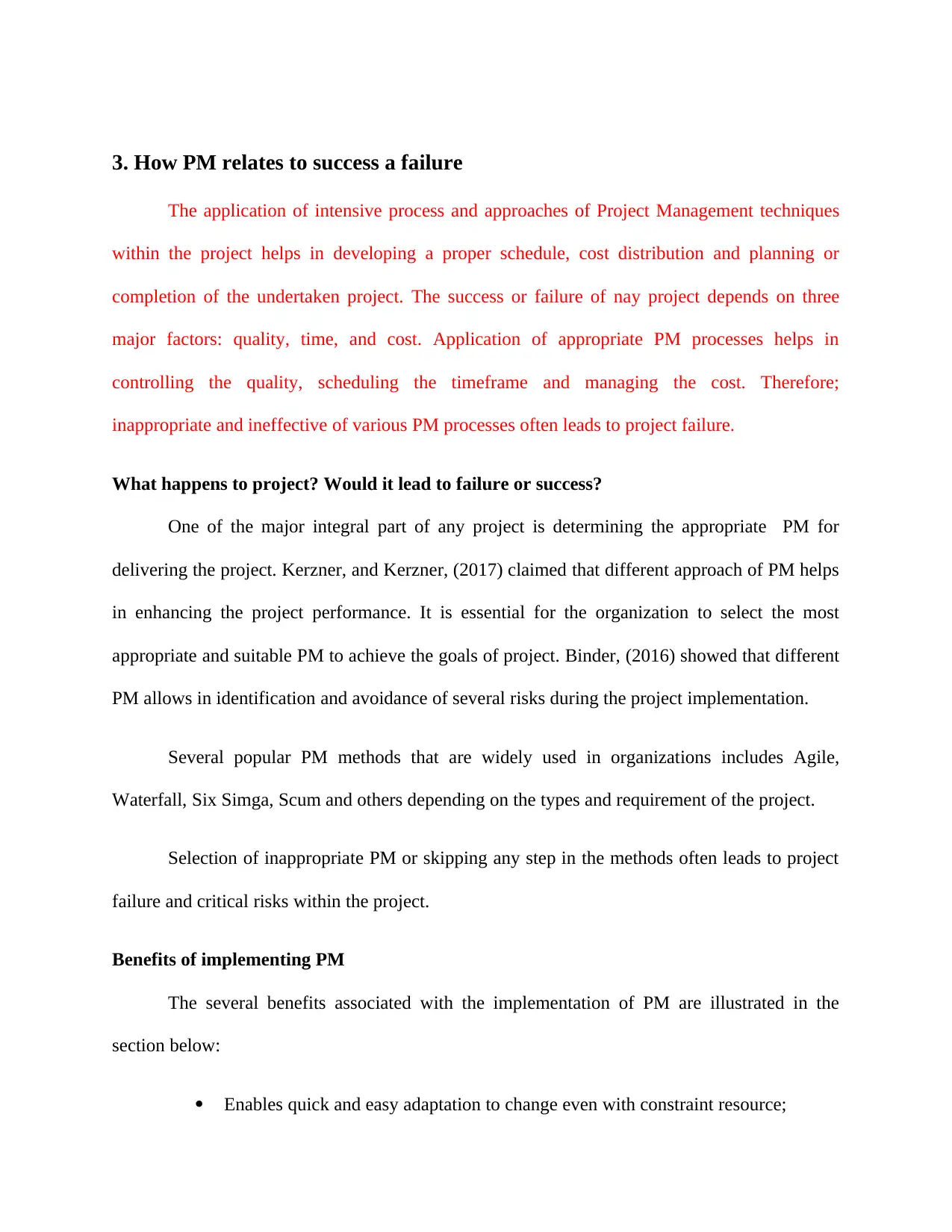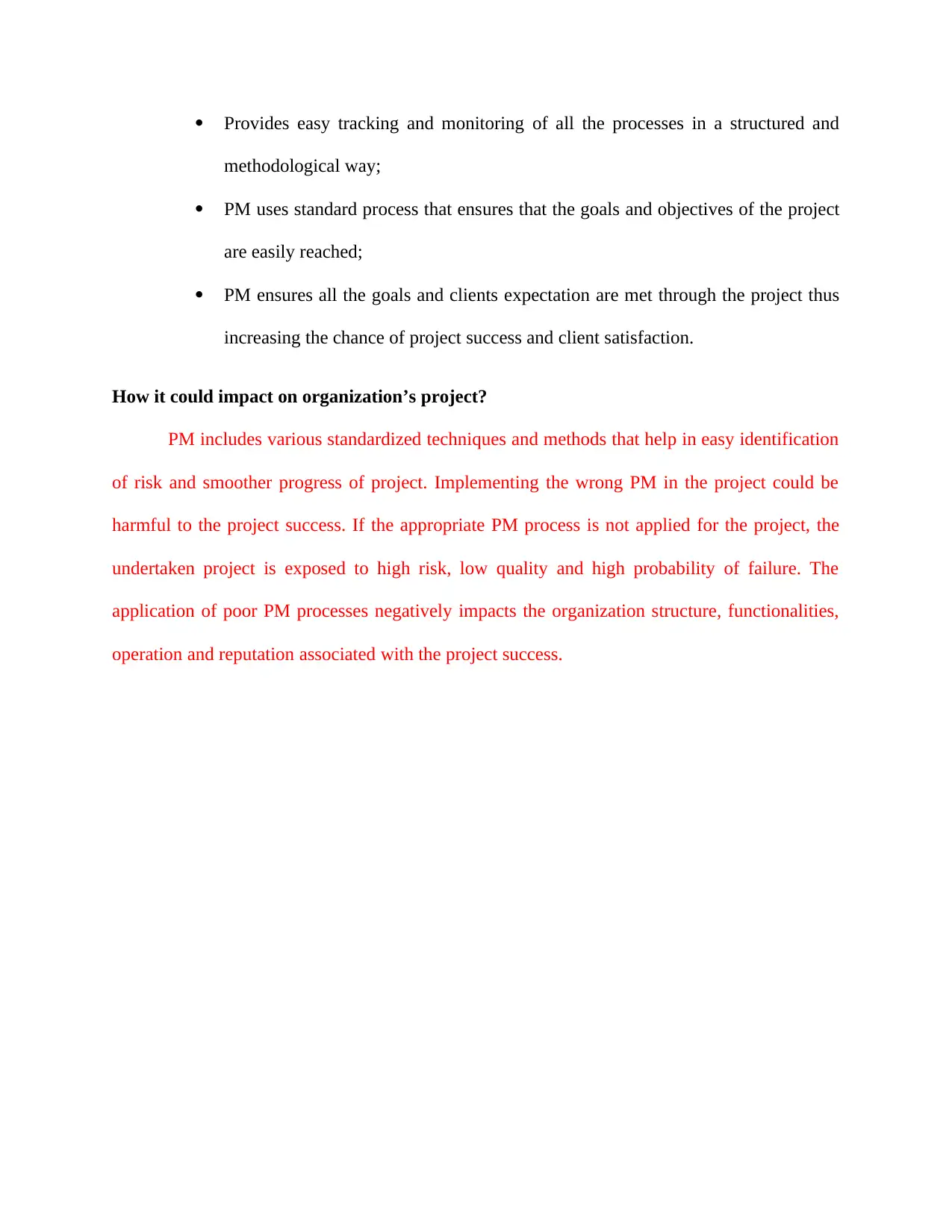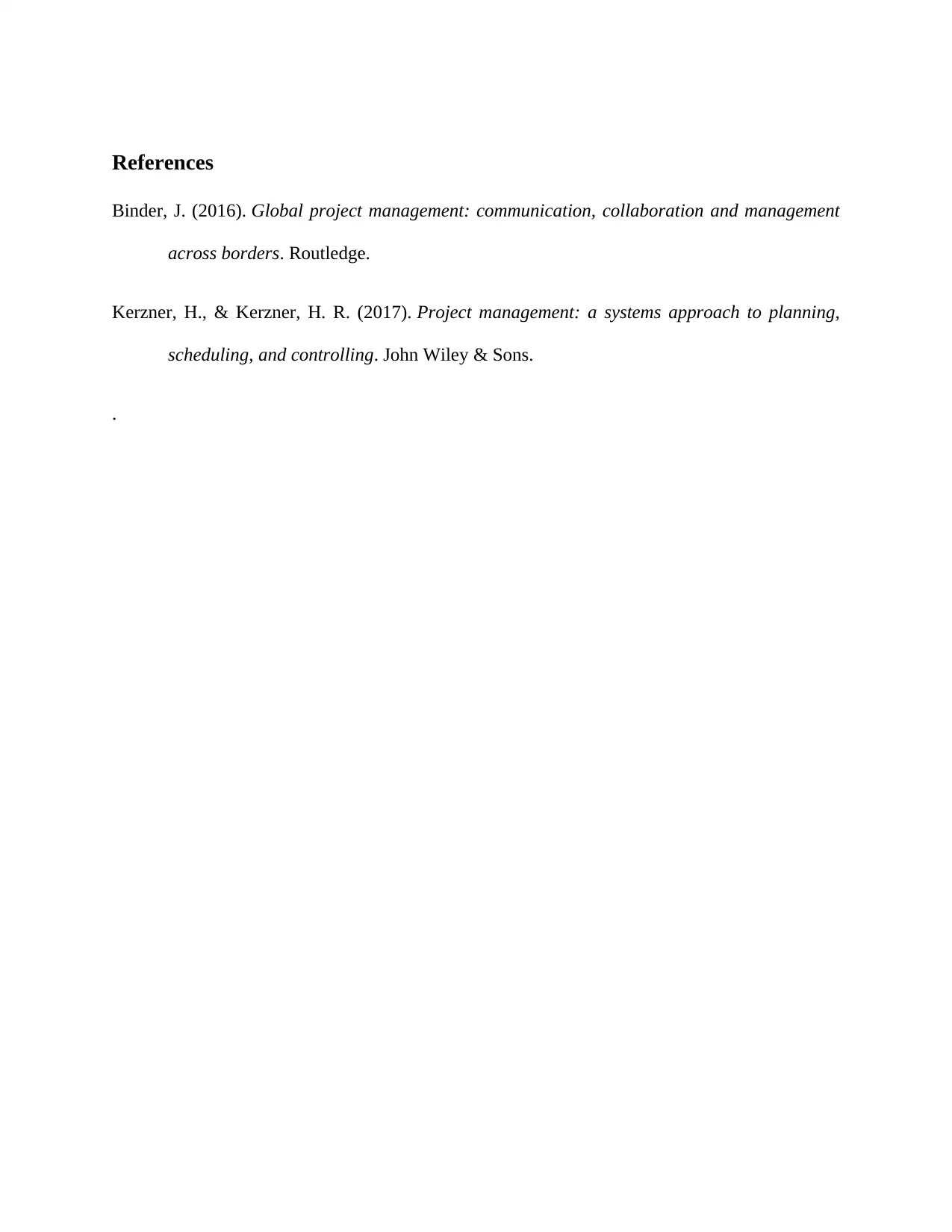Project Management: How PM Relates to Success/Failure (Course Name)
VerifiedAdded on 2023/01/05
|4
|503
|33
Report
AI Summary
This report examines the critical relationship between project management (PM) and project success or failure. It highlights the importance of PM techniques, including scheduling, cost management, and quality control, in achieving project goals. The report emphasizes that the selection and implementation of appropriate PM methodologies, such as Agile, Waterfall, and Six Sigma, are crucial for mitigating risks and ensuring project success. It also explores the benefits of effective PM, such as improved adaptability, streamlined processes, and enhanced client satisfaction. Conversely, the report underscores the negative impacts of poor PM, including increased risks, reduced quality, and higher probabilities of project failure. The report concludes by stressing the importance of selecting the correct PM approach to ensure a project's positive outcome and organizational success.
1 out of 4











![[object Object]](/_next/static/media/star-bottom.7253800d.svg)